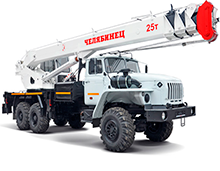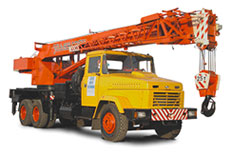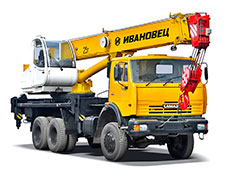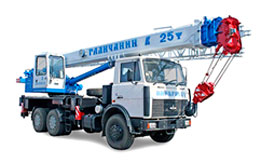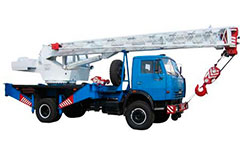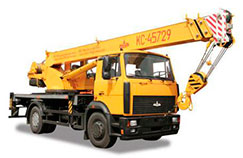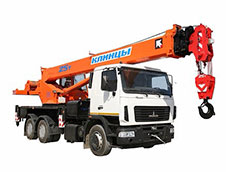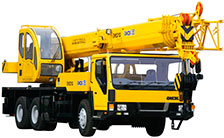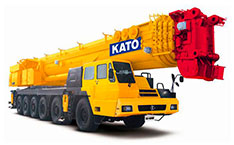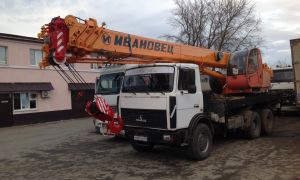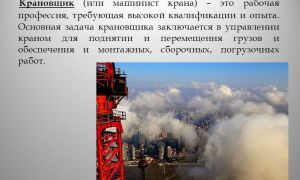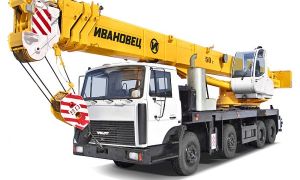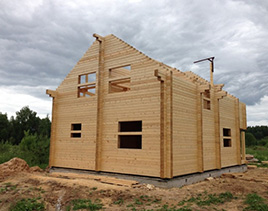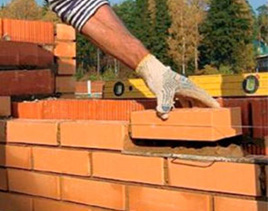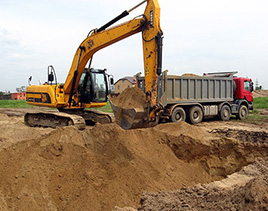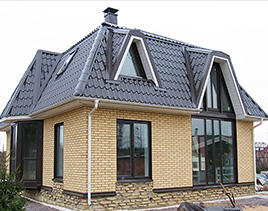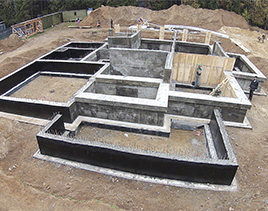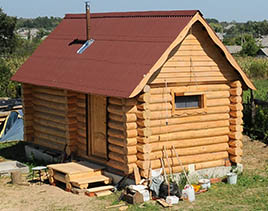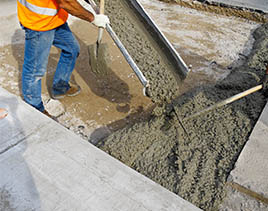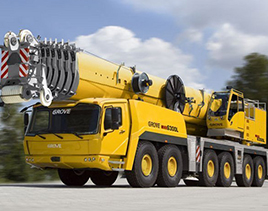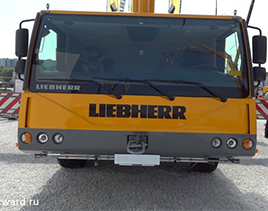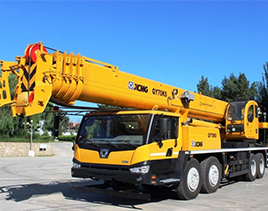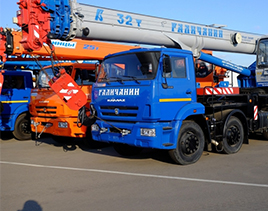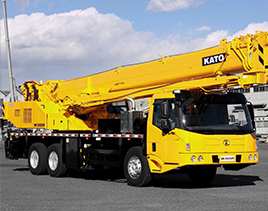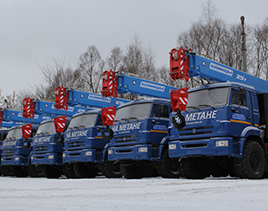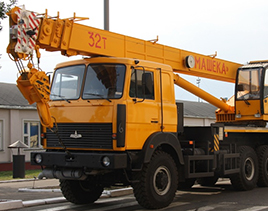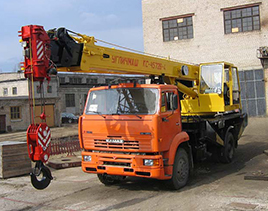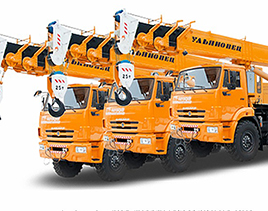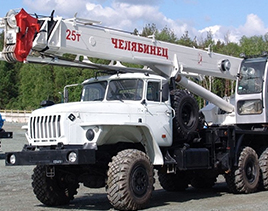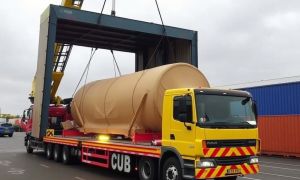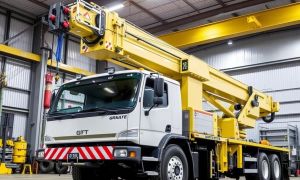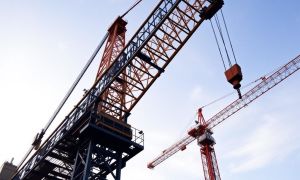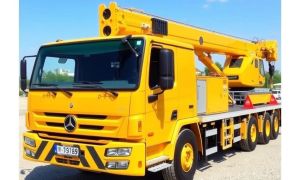When disaster strikes, whether it’s an earthquake, hurricane, flood, or industrial accident, the immediate focus is on saving lives and restoring critical infrastructure. Among the many tools and equipment mobilized during these intense and chaotic situations, mobile cranes play an indispensable role. These powerful machines serve as vital assets in disaster recovery operations, offering versatility, strength, and rapid deployment capabilities that make them essential for emergency responders and recovery crews. In this article, we will explore how mobile cranes contribute to disaster recovery operations, their unique capabilities, types, and best practices for deployment, ensuring readers understand why these machines are true heroes behind the scenes in disaster zones.
The Critical Role of Mobile Cranes in Disaster Recovery
Disaster recovery operations often involve debris removal, lifting heavy objects, and reconstructing damaged structures. Mobile cranes excel in these environments due to their mobility and lifting capacity. Unlike stationary cranes, mobile cranes can quickly move within disaster sites, navigating rough terrain and tight spaces to access difficult-to-reach areas. This flexibility makes them invaluable during recovery missions where time is critical and access is limited.
For example, after an earthquake reduces buildings to rubble, mobile cranes can clear debris, lift fallen beams, and assist in the safe extraction of trapped individuals. In flood scenarios, these cranes help to reposition damaged infrastructure or transport relief supplies. Their precision in handling heavy loads under challenging conditions ensures that recovery teams can work efficiently and safely.
Key Advantages of Mobile Cranes in Disaster Scenarios
Mobile cranes offer several distinct advantages which make them ideal for disaster recovery operations, including:
- Rapid deployment: Mobile cranes can be transported quickly to disaster sites, arriving faster than larger, fixed cranes.
- Versatility: Their design allows them to perform a variety of tasks, from lifting and moving debris to supporting temporary structures.
- Maneuverability: They can navigate damaged or unstable terrain where other heavy machinery cannot operate.
- Compact footprint: Mobile cranes can operate in tight spaces, which is often the case in densely populated urban disaster zones.
- Wide lifting capacity: Depending on the model, mobile cranes can handle a broad range of lifting tasks, from a few tons to hundreds of tons.
These capabilities are why disaster recovery teams rely heavily on mobile cranes to restore functionality and safety as quickly as possible.
Types of Mobile Cranes Used in Disaster Recovery
Understanding the various types of mobile cranes used in disaster recovery operations helps highlight their specialized applications. Here’s a breakdown of common types and how they are employed in emergency scenarios:
| Type of Mobile Crane | Description | Use in Disaster Recovery |
|---|---|---|
| All-Terrain Cranes | Designed to travel on and off roads, combining roadability with off-road capabilities. | Ideal for reaching remote or rough terrain in disaster zones, transporting heavy loads over uneven ground. |
| Rough Terrain Cranes | Mounted on large rubber tires, built to navigate rugged, unpaved areas. | Utilized in areas with unstable soil or debris fields for lifting collapsed structures or debris removal. |
| Truck-Mounted Cranes | Integrated with standard trucks, offering excellent mobility and fast setup. | Perfect for rapid deployment in urban disaster zones for lifting and transport tasks nearly anywhere. |
| Crawler Cranes | Tracked cranes capable of heavy lifting with excellent stability on soft ground. | Use in prolonged recovery operations requiring heavy lifting and stability on soft or flooded terrain. |
Each type serves a specific purpose depending on the nature of the disaster and the recovery challenges that responders face.
Innovations in Mobile Crane Technology Enhancing Disaster Recovery
Advancements in mobile crane design have further enhanced their usefulness in disaster scenarios. Modern mobile cranes now feature:
- Remote operation capabilities: Operators can control cranes from a distance, increasing safety when working near unstable wreckage.
- Enhanced stabilization systems: Automatic outriggers and leveling systems improve crane stability on uneven ground, essential in disaster zones.
- Compact, foldable booms: Allowing cranes to be transported easily and set up quickly in confined spaces.
- Real-time monitoring: Onboard sensors provide data on load weight and crane health, preventing accidents.
These technological strides ensure that mobile cranes not only perform efficiently but also protect operators and recovery teams in hazardous conditions.
Common Disaster Situations Where Mobile Cranes Are Vital

Mobile cranes have proven their value across diverse types of disasters. Let’s examine several scenarios where these machines make a significant difference:
Earthquake Response
Earthquakes often leave behind piles of concrete, steel, and other debris. Mobile cranes help clear these obstacles to access survivors and make way for rebuilding efforts. Their ability to lift massive slabs and twisted metal is critical in earthquake recovery zones, where quick clearing can mean the difference between life and death.
Hurricane and Flood Disaster Recovery
Storms cause widespread infrastructure damage and can flood entire neighborhoods. Mobile cranes assist in repairing or replacing damaged power lines, lifting large equipment from flooded areas, and clearing fallen trees. Their versatility also supports the shifting and installing of temporary structures used to house displaced residents or coordinate relief efforts.
Industrial Accidents and Structural Collapses
Following industrial accidents or structural failures, mobile cranes are essential for lifting machinery, removing wreckage safely, and stabilizing compromised structures during rescue efforts. They assist emergency teams in mitigating secondary hazards like chemical spills or fires by enabling access to affected areas.
Wildfire Recovery
After wildfires, mobile cranes are used to clear burned trees and debris to facilitate the rebuilding of communities and infrastructure. They also support utilities by handling heavy restoration equipment in difficult terrain impacted by fire.
Deploying Mobile Cranes Effectively in Disaster Zones
While mobile cranes are powerful tools, their effectiveness depends on strategic deployment and coordination. Here are some best practices for using mobile cranes in disaster recovery operations:
- Assessment before deployment: Evaluate site conditions including ground stability, debris layout, and access roads to select the right crane type.
- Integration with emergency teams: Coordinate with rescue, medical, and logistics teams for smooth operation and prioritization of lifting tasks.
- Operator expertise: Deploy certified and experienced crane operators familiar with disaster terrain and hazards.
- Safety protocols: Enforce stringent safety standards, including use of protective gear, controlled work zones, and constant communication.
- Maintenance and inspection: Regular checks ensure cranes remain fully operational in harsh disaster environments.
Successful recovery operations require balanced planning and adaptability, where mobile cranes fit seamlessly into a multi-disciplinary approach.
Training and Preparedness for Disaster Recovery Crews
To maximize the potential of mobile cranes in emergencies, ongoing training and preparedness are essential. Selecting skilled operators is just the start; comprehensive training includes scenario-based drills, safety simulations, and updates on emerging crane technologies. Recovery teams must conduct pre-disaster planning exercises involving crane deployment strategies to ensure rapid response when disaster strikes.
The Environmental Impact of Mobile Cranes in Disaster Zones

Some may wonder about the environmental footprint of deploying heavy machinery in sensitive disaster zones. It’s important to consider:
- Minimizing ground disturbance: Using cranes with appropriate tires or tracks to reduce soil compaction.
- Fuel efficiency: Operating newer, more fuel-efficient crane models to limit emissions.
- Noise control: Implementing noise reduction technologies and timing operations to reduce impact on communities.
Balancing recovery efforts with environmental stewardship is a growing priority, ensuring that the use of mobile cranes contributes positively to both human safety and ecosystem recovery.
Case Studies: Mobile Cranes in Action
Here’s a glance at real-world examples demonstrating the importance of mobile cranes in disaster recovery:
- 2010 Haiti Earthquake: Mobile cranes played a crucial role in clearing debris, lifting collapsed roofs, and enabling rescue teams to reach survivors in Port-au-Prince.
- Hurricane Katrina, 2005: These cranes were used extensively to remove fallen trees, restore power lines, and support rebuilding infrastructure in New Orleans.
- Fukushima Daiichi Nuclear Disaster, 2011: Specialized mobile cranes helped remove debris and relocate damaged equipment safely during the recovery process.
These examples reinforce the often-unseen contributions of mobile cranes in some of the most challenging recovery environments worldwide.
Conclusion
In disaster recovery operations, the role of mobile cranes cannot be overstated. They provide the strength, speed, and flexibility needed to navigate complex and chaotic environments where every second counts. From lifting heavy debris after earthquakes to repositioning critical infrastructure post-hurricanes, mobile cranes enable emergency responders to work safer and faster, ultimately saving lives and helping communities rebuild. As technology advances and disaster response protocols evolve, mobile cranes will continue to be indispensable allies in the ongoing mission to mitigate disaster impacts and restore normalcy as swiftly as possible. Their presence in disaster zones reminds us that behind every rescue effort lies powerful machinery working tirelessly to clear the path ahead.

